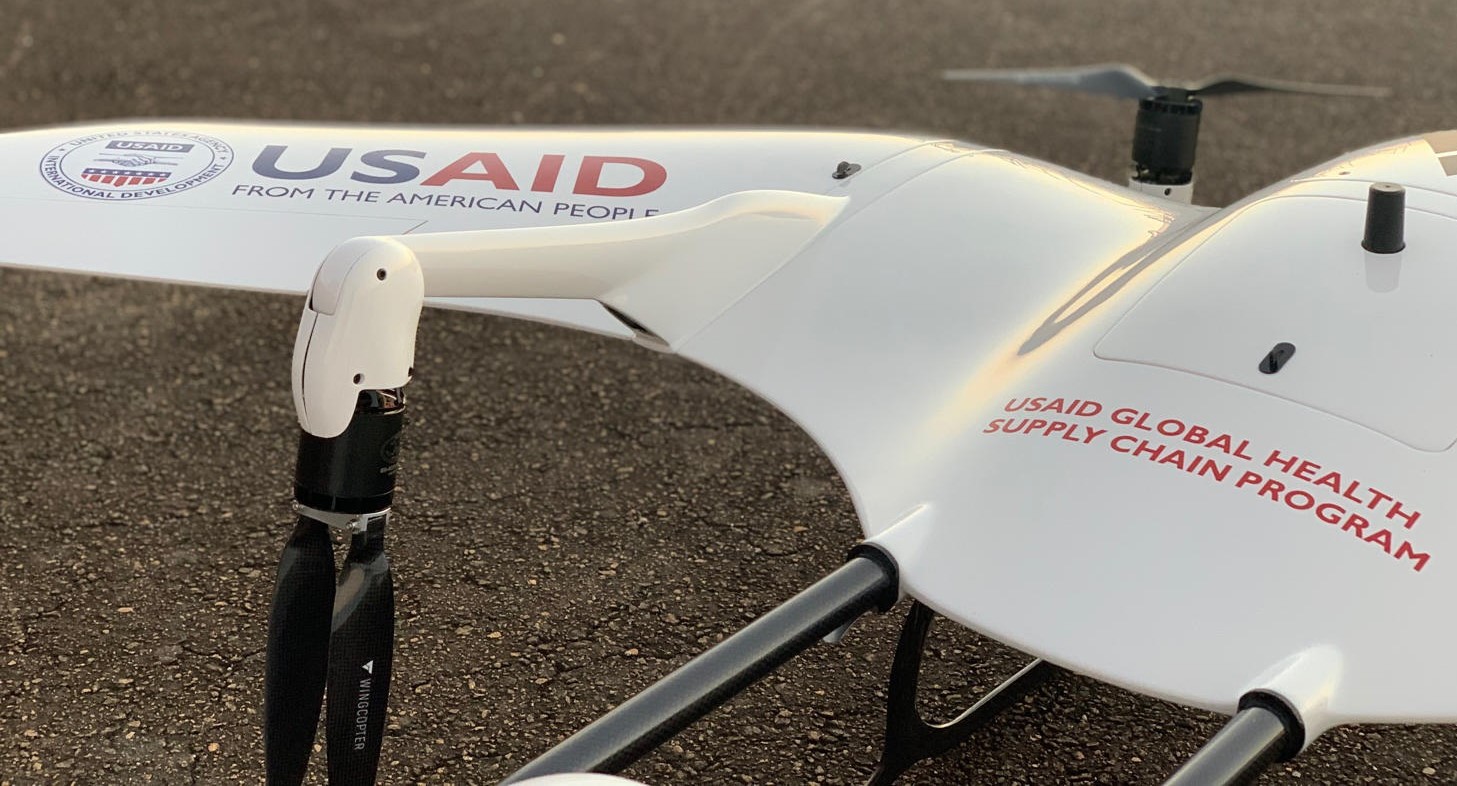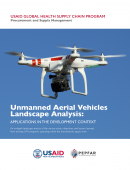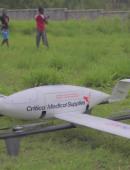
Unmanned Aerial Vehicles (UAVs) or drones can be strategically used to increase the availability and access to lifesaving health commodities and fill significant service gaps in the public health supply chain. Through a comprehensive UAV integration activity design first piloted in Malawi, the USAID GHSC-PSM project is using drone technology to increase service delivery of health commodities and laboratory samples to and from hard-to-reach areas, increasing patient result and treatment turnaround time.
In-Country Collaboration
After working with the Ministry of Health and Department of Civil Aviation to obtain in-country approvals, securing a UAV manufacturing and flight operating partner, and training local staff, the first bidirectional delivery took place in July 2019. The successful flight carried viral load and early infant diagnosis laboratory results from Nkhata Bay District Hospital to the remote Island of Likoma, helping to provide faster diagnosis to patients.
Shorter Turn-Around Time
Health commodities continue to be transported to and from Nkhata Bay District Hospital and more hard-to-reach areas in Malawi. Most importantly for patients in remote areas, this new transportation method cuts down on the time it takes to obtain results by several weeks, helping them start treatment faster.
Capacity Building and Sustainability
Skills transfers and training opportunities of newly educated UAV operators and safety pilots represent an expanded pool of trained professionals in the drone industry in-country and will provide new opportunities to promote and support the use of UAVs in the commercial space.




